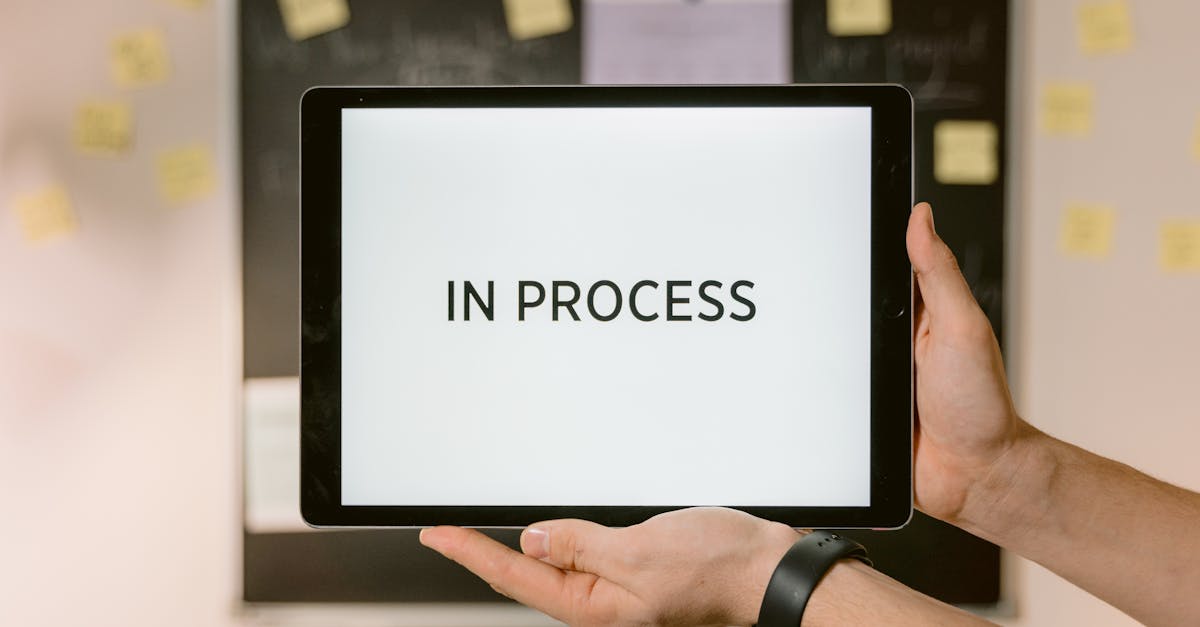
Introduction
Why it matters: New hires commonly take months to become fully productive — a hidden cost in time, customer experience, and manager bandwidth. If your onboarding still feels like a pile of paperwork, ad‑hoc training, and calendar guesswork, you’re missing an opportunity to scale reliably. Leaders need predictable, measurable ramp plans that get people contributing faster without burning out managers.
This article shows how to shave days or weeks off time‑to‑productivity by combining document automation (forms, e‑sign, and role templates), short role‑focused microlearning modules, and practical automation recipes that trigger tasks, reviews, and certifications. You’ll get a clear framework for 30/60/90 milestones, automated checklists and reminders, conditional learning paths, and templated manager check‑ins—real, implementable steps to improve HR onboarding outcomes. Read on for the templates, microlearning strategies, and automation recipes to make new hires productive sooner.
Define productivity milestones and map required documents and trainings
Set clear productivity milestones by defining outcomes at 30/60/90 days tied to measurable work outputs (first ticket closed, client intro completed, monthly sales quota hit, code review ownership). Framing the HR onboarding timeline around these milestones turns orientation into an actionable ramp plan.
Map required documents and trainings
Create an onboarding checklist that links each milestone to required paperwork and learning: offer and contract acceptance, tax/payroll forms, role-specific SOPs, compliance modules, and product or platform training.
- Day 0–7: Job offer, ID verification, IT access — include the signed job offer and contract templates (see a job offer example: job offer template).
- Week 1–4: Core systems training, shadowing, first deliverable.
- Month 1–3: Deeper role training, cross-functional onboarding, and first performance checkpoint.
Use the checklist as the single source of truth in your HR onboarding process so managers and new hires see required documents, trainings, and associated deadlines at a glance.
Automate assignment of role‑specific microlearning modules and checklists
Break training into microlearning—short, role-focused modules that are easy to complete and track. Microlearning fits new hire attention spans and accelerates competence.
Automation rules
Configure your onboarding software to assign modules based on role, location, and seniority. Typical rules:
- If job title contains “sales,” automatically assign CRM and objection-handling micro-modules.
- If remote location = true, assign remote employee onboarding kit and home-office safety checklist.
- If intern = true, assign internship-specific compliance and mentor meet-up (see an example internship contract: internship agreement).
Checklist automation: create role templates that include the HR onboarding checklist, required e‑sign items, and short quizzes. These templates ensure consistent new hire onboarding across teams while allowing local customization.
Use templates to auto-create tasks: manager check‑ins, performance reviews and certificates
Templates save time and ensure consistency. Auto-generate a sequence of manager tasks and calendar invites tied to the new hire timeline: 1-week check-in, 30-day review prep, 60-day development plan, 90-day performance review.
Practical templates to include
- Manager check-in template with agenda prompts (progress, blockers, support needed).
- Performance review template that plugs into your review cycle—use an editable performance appraisal letter to standardize outcomes and next steps: performance appraisal template.
- Promotion/certification templates to auto-issue certificates or promotion letters when criteria are met: promotion letter template.
Automated tasks reduce manager guesswork and embed hr onboarding best practices—regular feedback, documented goals, and tangible recognition milestones.
Integrate training completions with task automation and performance appraisal triggers
Close the loop between learning and performance. When a new hire completes a required module, trigger the next task—assign a practical assignment, schedule a review, or unlock advanced training.
Example automation flow
- Completion of core product training → auto-create a shadowing session and mark the onboarding checklist item complete.
- Completion of role proficiency quiz → trigger manager notification to schedule the 30-day check-in.
- Completion of all 90-day competencies → generate a pre-filled performance appraisal draft for the manager (use appraisal template).
These integrations let your hr onboarding software surface real-time readiness signals and reduce manual tracking. Use conditional logic so only relevant triggers fire—this keeps the experience personalized and prevents notification fatigue.
Collect structured feedback with templated pulse surveys and iterate onboarding content
Make feedback routine. Short, templated pulse surveys at 1 week, 30 days, and 90 days capture sentiment, blockers, and content gaps that matter for onboarding retention strategies.
Survey design and follow-up
- Keep surveys under 5 questions—mix Likert scales and one open text field for quick parsing.
- Automate routing of negative or flagged responses to HR or the hiring manager for immediate follow-up.
- Aggregate results to spot trends by role, location, or manager and iterate your onboarding content (training modules, checklists, templates) accordingly.
For interns and short-term hires, tie survey cadence to the internship schedule (see internship agreement example: internship contract), and for longer-term employees, feed learnings back into your talent onboarding strategy and training library.
Automation recipes: combine forms, e‑sign, conditional logic and reminders to accelerate ramp
Recipe 1 — New hire kickoff: Offer accepted (form) → auto-send e‑sign package (offer + payroll forms) → conditional logic: if benefits eligible, add benefits enrollment form → welcome tasks and first-week microlearning assigned → automated reminders until completion.
Recipe 2 — Role readiness loop: Complete role baseline quiz → conditional logic routes result: if pass, unlock Level 2 modules; if fail, assign remediation checklist and schedule manager coaching.
Recipe 3 — Performance trigger: All 90-day onboarding checklist items complete + training completions logged → auto-generate performance appraisal draft, calendar the review, and send manager prep checklist.
Implementation tips
- Use concise forms and e‑sign flows to remove paperwork friction.
- Set reminder cadences (48 hours, 7 days) and escalate to managers when items lapse.
- Monitor key metrics—time to productivity, completion rates, new hire satisfaction—and iterate your onboarding process and templates (hr onboarding template) accordingly.
When combined, these automation recipes make your employee onboarding predictable, measurable, and faster to productive contribution.
Summary
We’ve shown a practical, repeatable framework to shrink new‑hire ramp time: define measurable 30/60/90 milestones, map required documents and trainings, break learning into short role‑focused microlearning, and stitch everything together with templates and automation recipes that trigger tasks, reminders, and reviews. Document automation reduces paperwork friction, enforces consistency for compliance and legal review, and frees HR and managers to focus on coaching rather than chasing forms. Use these templates, checklists, and conditional workflows to make onboarding predictable, measurable, and faster to real contribution — start experimenting with the examples and automation patterns at https://formtify.app.
FAQs
What is HR onboarding?
HR onboarding is the structured process of integrating a new employee into an organization, including paperwork, training, role orientation, and cultural assimilation. It ties specific milestones to required documents and activities so new hires can begin contributing reliably and predictably.
How long should HR onboarding take?
Onboarding timelines typically use 30/60/90 day milestones to set progressive outcomes, but the exact length depends on role complexity and industry. Use those checkpoints to measure progress and shorten time‑to‑productivity where possible with microlearning and automated task flows.
What are the key steps in the HR onboarding process?
Key steps include completing offer and payroll forms, provisioning systems and access, assigning role‑specific microlearning, scheduling manager check‑ins, and tracking milestone completions. Templated checklists and automation recipes help ensure each step happens on time and is documented for compliance.
How do you measure the success of HR onboarding?
Measure success with quantitative metrics like time‑to‑productivity, completion rates for required training and forms, and new‑hire retention, alongside qualitative feedback from pulse surveys. Tie training completions to performance triggers so you can correlate onboarding activity to early job outcomes.
What is the difference between onboarding and orientation?
Orientation is usually a short, initial introduction—paperwork, benefits overview, and company policies—while onboarding is the ongoing process that includes role training, milestones, and manager coaching. Onboarding is longer and outcome‑focused, designed to make the employee productive and connected to the team.





